Originally known as the Negros Revolution or Negros Day, the Cinco de Noviembre was a political campaign that created a government in Negros Island in the Philippines. This secretly developed government run by the Negrense native ended the Spanish control of the island informally – not the whole archipelago and for a relatively short period of time. The freshly constituted Negros Republic lasted approximately three months. On February 2, 1899, American forces landed on the island unopposed, ending the island’s freedom.
In the middle of August 1898, a number of rumors of a coming insurrection in the Visayas spread, a number of parish priests sought refuge in Iloilo. The Negrense revolutionaries agreed that the revolt would begin on November 3, 1898. It was to be led by Aniceto Lacson, a sugar farmer of Silay, with Nicolas Gólez as deputy commander. South of Bacolod, the revolt would be led by Juan Araneta of Bago City with Rafael Ramos of Himamaylan as deputy commander.
On Cinco de Noviembre (November 5, 1898), the revolt started in Central and Northern Negros in the morning and spread to other towns including San Miguel and Cadiz in the afternoon.
In Silay, Lt. Maximiano Correa, commanding the Spanish garrison, had ten Spanish cazadores (Spanish, literally, “hunters”) and seven Filipino civil guards. They were entrenched inside the municipal building, but surrendered without a fight when they realized that the townspeople were determined to burn the building to the ground if there is any resistance coming from their party.
The Silay parish priest, Eulogio Saez, a businessman named Juan Viaplana and José Ledesma persuaded the Spanish forces to lay down their arms, but in order to save face, the lieutenant had it appear in the official records that the capitulation was the result of a bloody battle with “dead and wounded littered all over the field of battle”.
Ten Mauser and seven Remington rifles were surrendered by the Spanish garrison. Later, a Filipino flag embroidered by Olympia Severino and her sisters was hoisted by the victorious townspeople.
In Bacolod, the Spanish Governor of the province, Isidro de Castro, sent a force of 25 cazadores and 16 civil guards to engage a swarm of rebels seen camping near the Matab-ang River. After a short skirmish, they withdrew, leaving two of their members dead. The Governor decided to make a stand in the Bacolod Convent (presently the Bishop’s Palace), where hundreds of Spanish families had taken refuge. They waited for the attack, but it did not come.
Presently, a marker can be seen in Silay for the memorial of the Negros Revolution on November 5; hence, the street is named as Cinco de Noviembre. The marker is where the drugstore stood. It was a hideout used to secretly plan the successful revolution.
On the 112th anniversary of the Cinco de Noviembre Revolution, activities where held mostly at the monument in 5 de Noviember St. and Plaza Olympia Severino. Activities include Honoring of Heroes, “Retracting the steps of the Revolution” (March from Monument to Public Plaza), Hoisting of Philippine Flag, Motorcade, Exhibits at Senator Jose C. Locsin Culture and Civic Center, Drum Corps Competition, Kasaysayan Dance Drama Competition, Fireworks, Live Band among many others.
In Balay Negrense Museum, the Adobo Festival and Muscovado Cooking Competition were held. Activities include Adobo Cooking Contest, Muscovado Cooking Contest, Gourmet Adobo Demo, Food Booths, Adobo Lunch and Kitchen Art Exhibit.
The Cinco de Noviembre is highly observed in Silay than in any other part in Negros Occidental and Negros del Norte.
November 5 was declared by President Corazon Aquino as a special non-working holiday in the province through Republic Act No. 6709 signed on February 10, 1989. During this day many of the museums and other historical edifices in Silay and Bacolod are closed to the public.
This page is last updated on
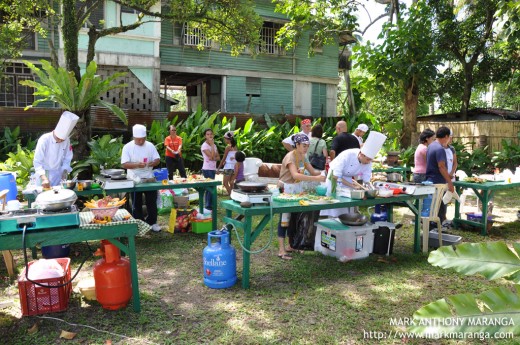
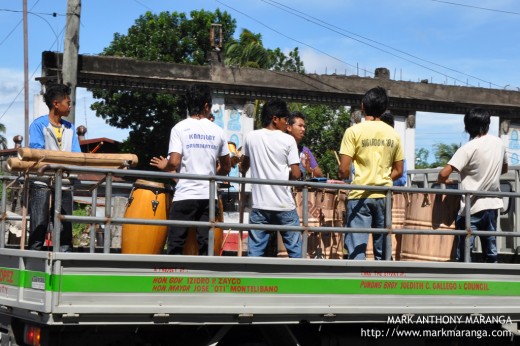
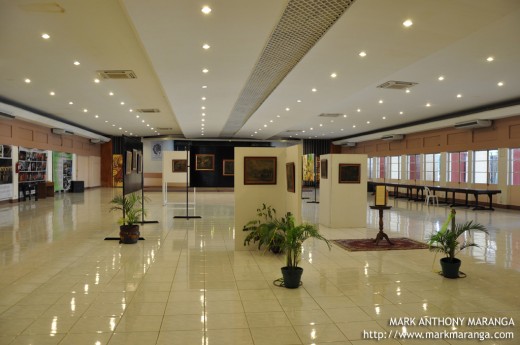
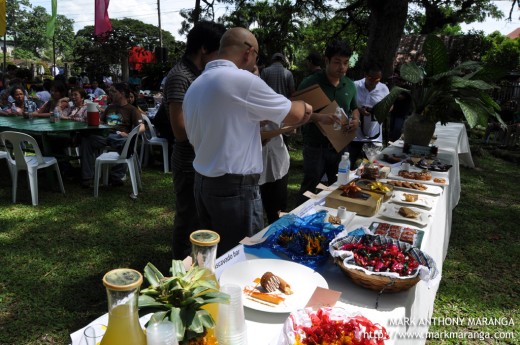
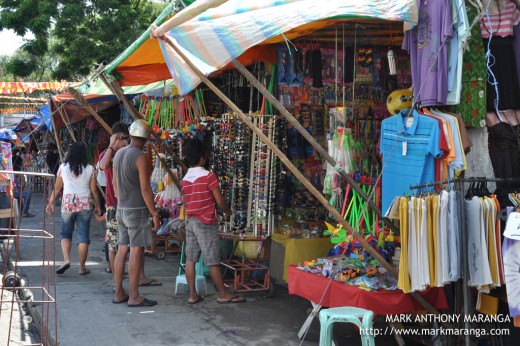
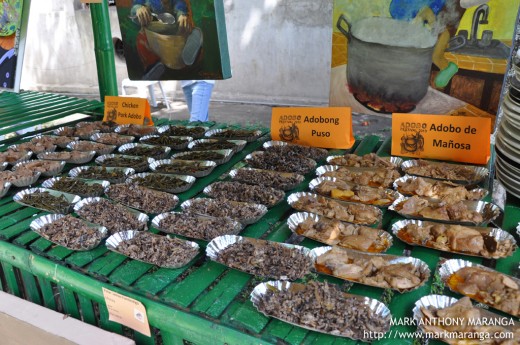












I think your article focus only on Silay City and not the entire
Negros province…
I went here last month, and I found it interesting. I really love old structures.
Hi,
I liked your account about Silay – it brought back sweet memories.
I have added all the photos we took during our heritage walks in Silay – of ancestral houses and museums – on this bog –
http://heritagesilay.blogspot.com/
Feel free to look at it – no entrance fee!
It was also famous because it showcase Filipino creativity and ingenuity. Negrenses, though outnumbered and underpowered at that time, used bamboo and amacan (bamboo mats) disguised as cannons in order to send some scare to the Spaniards.